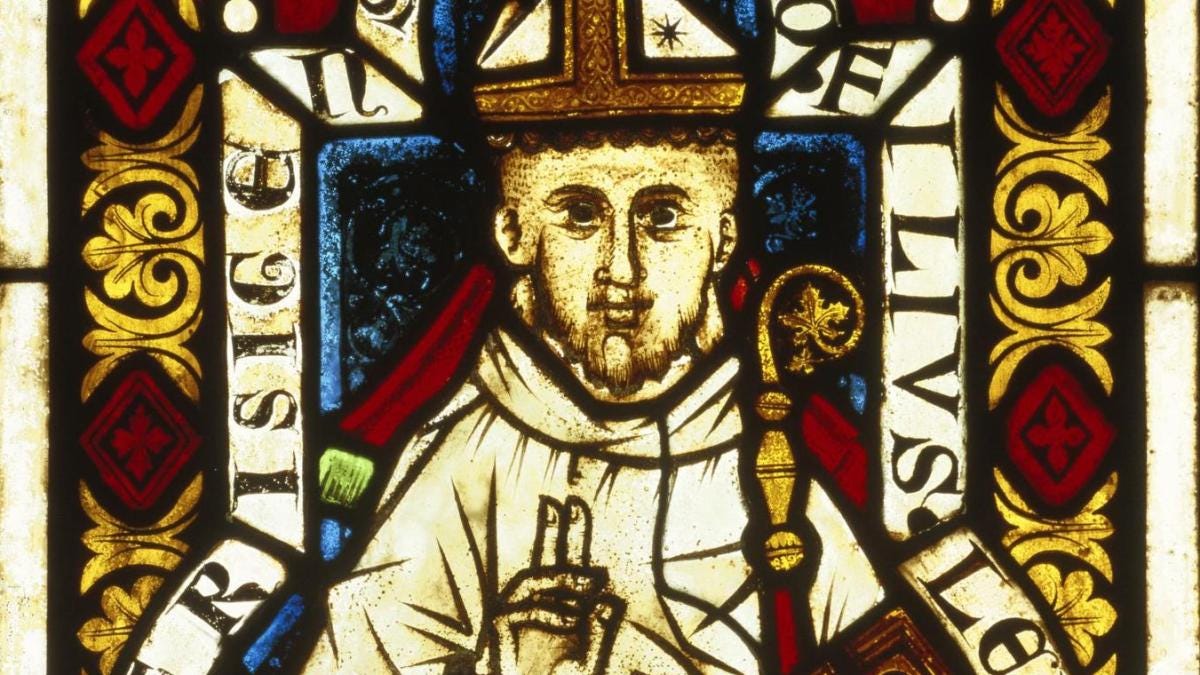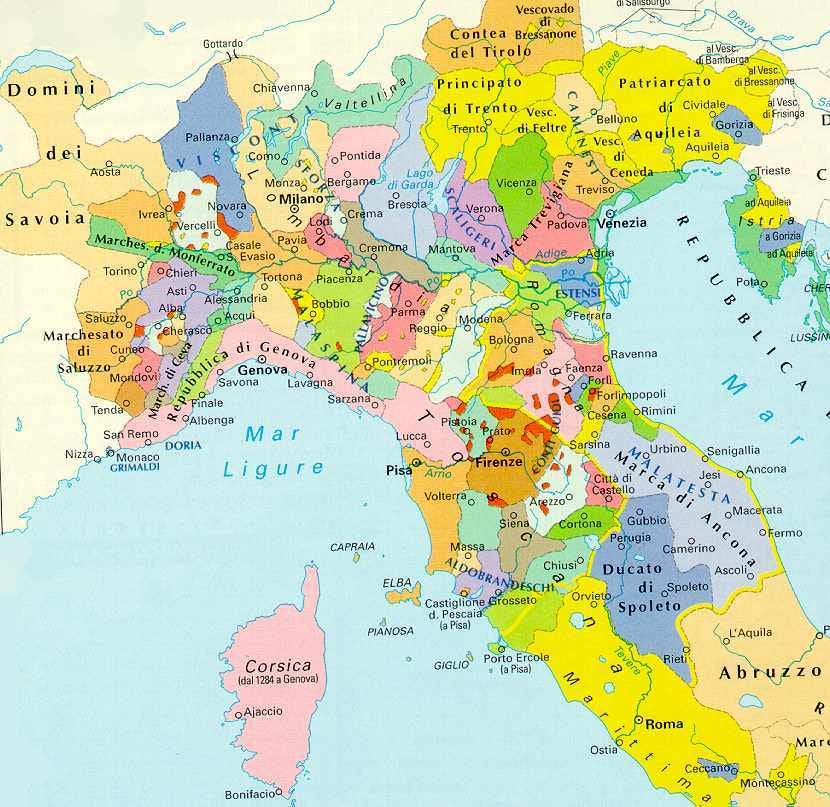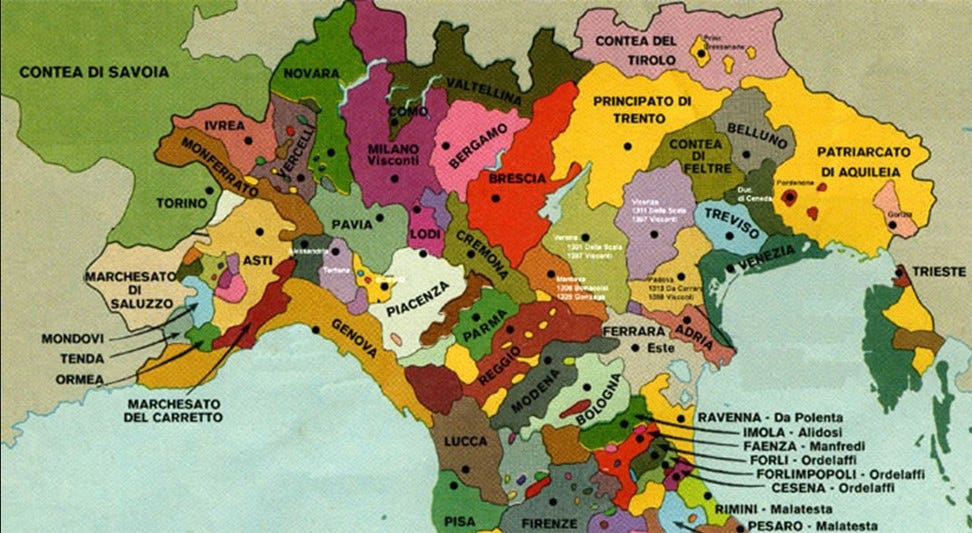Cities and Culture: Part 1 of 3
How local autonomy built the strong, numerous, rich communities that prepared the ground for the Renaissance.
A mini-series for supporters. If you’re interested in the topic of culture and cities, consider becoming a supporter. This 3-part mini-series will run in the next couple of weeks.
Part 1 is an overall review of the innovations that cities brought to the 12th and 13th century, creating the context that led to the Renaissance.
Part 2 will be a travel through time in a place that exists outside time, an ‘ideal city’ built to measure a man with his own mortality.
In part 3 we take a tour of a few ‘ghost towns,’ places where once humanity thrived and now sit empty and are slowly corroding away.
In the 10th, 11th and 12th century, the municipalities that emerged from cities gained strength particularly in northern and central Italy—they called them comuni. Historically, comuni are a significant phenomena in medieval Europe.
These municipalities were a form of city self-government. They were born from the initiative of groups of citizens who sought to protect their interests from the over-reaching feudal power of the lords, the emperor and/or the pope.
Comune comes from the Latin communitas, which means community of people united to pursue common goals. The new type of institutions developed in various European contexts, including England, France, Germany, and Flanders.
But it was in Italy that these new forms of administrative self-organization played a crucial role in the political, social and thus cultural transformation of the peninsula.
At the end of the 11th century, some municipalities in central-northern Italy began to self-govern—they were the first attempts at democracy from which modern experiences of popular sovereignty would originate.
Reminder: This is just a teaser. You can support my work and get extra insights—in-depth ideas, information, and interviews on the value of culture.
Become a supporter and access new series, topic break-downs in The Vault.
It was 1154. Archbishop Otto of Freising, uncle of the German emperor, was traveling through Italy. He was amazed at how this country was made up of cities, which “surpass in wealth and power all other cities in the world.”

The obvious wealth struck him most. He saw it in the splendor and variety of products traded in markets, the number of inhabitants who crowded villages, and the magnificence of the churches and palaces that embellished historic centers.
This power was nearly entirely political, a fact that amazed our venerable prelate. “Nearly all the territory is divided into cities,” he reported.
There were no kingdoms or counties. It was difficult to find all those territorial references that made the authority of the lords the main force in structuring space, which was the norm in medieval central-northern Europe.
On the other side of the Alps, there were mostly populated cities, prosperous and proud of their independence, which polarized the surrounding territory.
Reading Otto of Freising’s description, we can also identify the moment when admiration turned into indignation. This power of the cities claims to impose itself on everyone, “One would be in great difficulty in finding a noble or a great man, ambitious enough, who is willing not to conform to the orders of his city.”
This is the other Italian oddity noted by the German bishop—the urbanization of good part of the feudal nobility, they kept their residence in the city (there were fiscal benefits.) It went counter the ruralization of aristocracies, one of the main characteristics of medieval German society.
All this because, and here is the scandal, the inhabitants of the cities “love freedom so much that they reject any excess of power and prefer consuls as leaders, to guide them.”
Consuls for deliberation
‘Consul’ (from Latin) is evocative of an authority of the past.
The first time it appeared in medieval documentation is in Pisa, in 1085. The Tuscan city, an active participant in the crusades, managed to supplant a large port on the Tyrrhenian Sea coast, Amalfi. This caused a northward shift in the center of gravity of municipal Italy.
Keep reading with a 7-day free trial
Subscribe to On Value in Culture to keep reading this post and get 7 days of free access to the full post archives.







